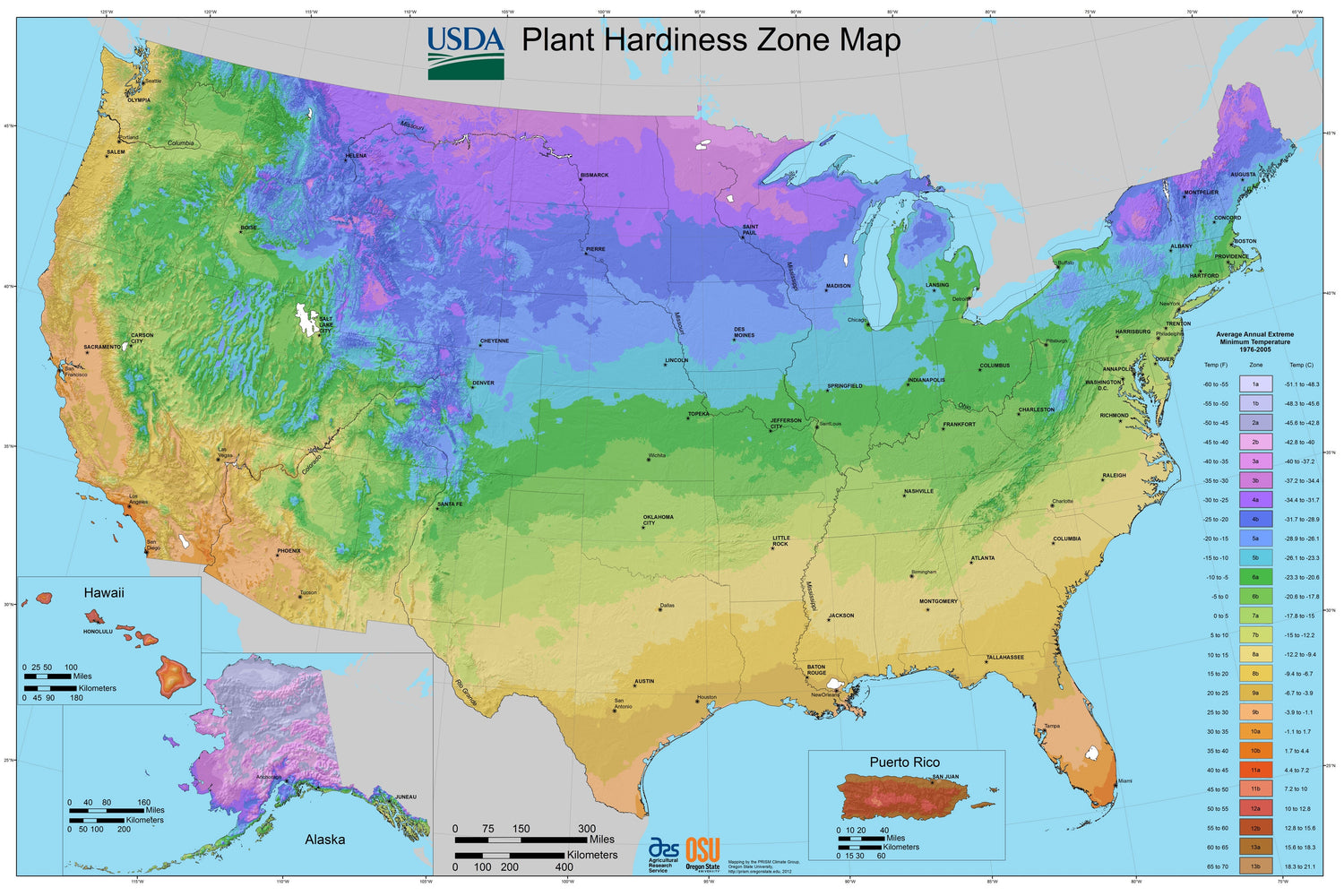
Know Your Zone
Pair text with an image to focus on your chosen product, collection, or blog post. Add details on availability, style, or even provide a review.
Here's a beginners guide to gardening:
Selecting Your Garden Space: Choose an area that receives adequate sunlight and has well-drained soil. Consider the size of your garden and whether you'll be planting directly in the ground, in containers, or raised beds.
Choosing Plants: Decide what type of plants you want to grow. Consider factors such as your climate, available space, and personal preferences. For beginners, it's often recommended to start with easy-to-grow plants that are resilient and forgiving.
Understanding Plant Types: Familiarize yourself with different plant types and their growing habits. This includes annuals, perennials, bulbs, and more.
Gathering Tools: Acquire basic gardening tools such as a trowel, hand rake, gloves, watering can, and pruning shears. These will help you with planting, maintaining, and harvesting your garden.
Learning Basic Techniques: Educate yourself on fundamental gardening techniques such as planting, watering, fertilizing, and pest control. Understanding these practices will help your garden thrive.
Starting Small: Begin with a manageable garden size. Starting small allows you to learn and grow your gardening skills gradually.
Plant Growth Stages:
Dormancy: During the dormant phase, bulbs and plants remain inactive, usually during the winter months.
Sprouting: As temperatures warm and days lengthen, bulbs and plants come to life, sending shoots above the soil.
Growth and Bloom: The shoots develop into stems and leaves, and eventually, flowers bloom.
Decline and Dormancy: After flowering, the plant's energy is directed toward bulb or root development. Foliage dies back, and the plant returns to dormancy until the next growing season.
Planting and Blooming Seasons:
Fall Planted Bulbs are typically planted in the fall before the ground freezes. This allows them to establish roots before winter dormancy. Fall planted varieties usually bloom in early to mid Spring.
Spring Bulbs & Plants can be planted as soon as soon as there is no risk of hard overnight frosts. Spring planted varieties bloom later in the Spring season or early Summer.
Blooming: Depending on the variety and which season it was planted, flowering can occur in spring, summer, or fall. Each variety has its specific blooming season.
By following these steps and understanding the basics of gardening and plant structures, you can embark on a fulfilling gardening journey, whether you have a green thumb or are just starting out.
Understanding
Plant Structures
The first thing to understand when getting started with gardening is the different terms used when referencing a plant. On our website you will see the following terms used when describing our products.
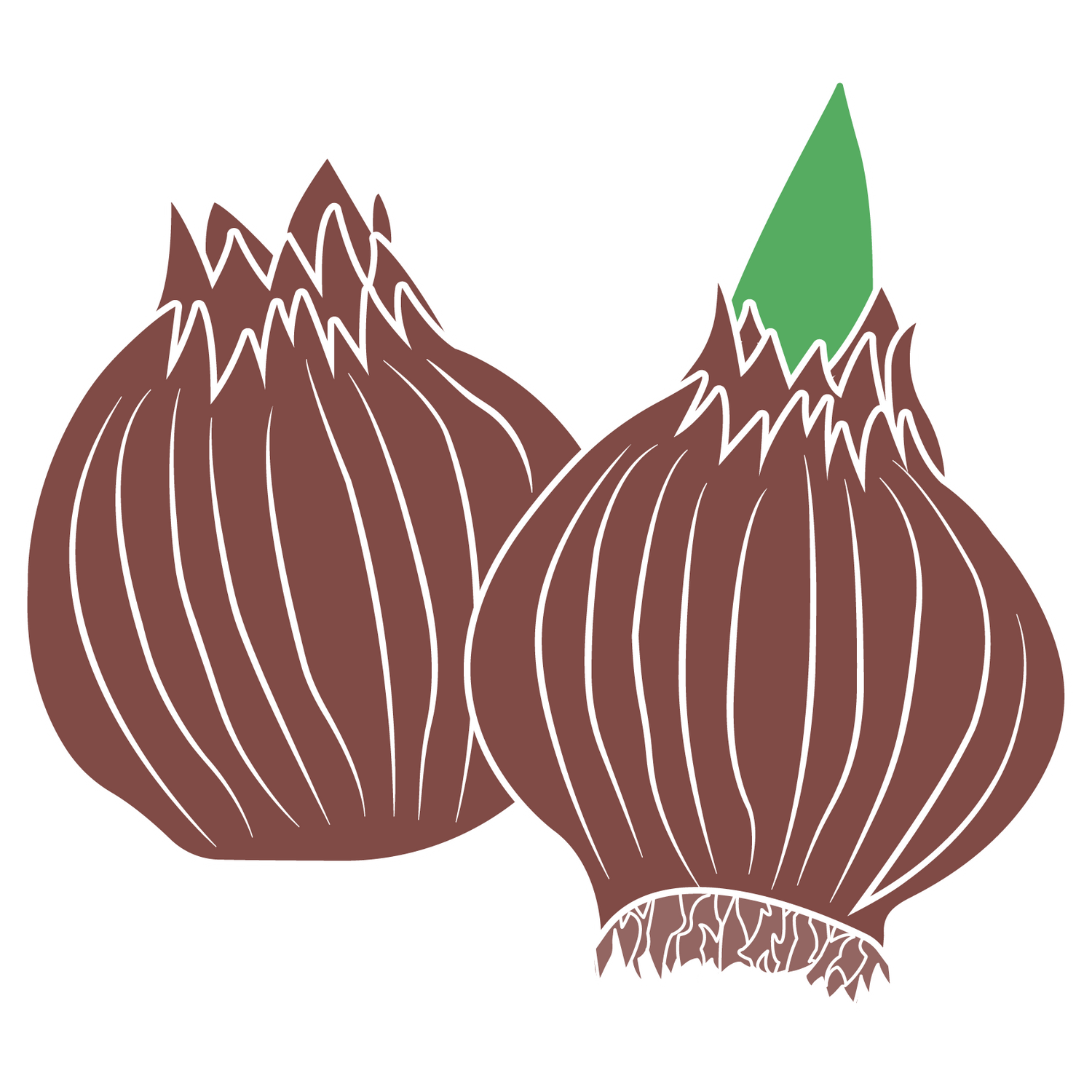
True Bulb
A true bulb is a compressed stem formed from layers of modified leaves that enlarge as they store nutrients. The roots are produced from the bottom of this bulb and the stem will emerge from a growing point at the top. Some bulbs have dry outer scales called a "tunic" that helps protect the inner parts of the bulb from over-drying. Examples:Tulips,Daffodils,Lilies, and Allium.
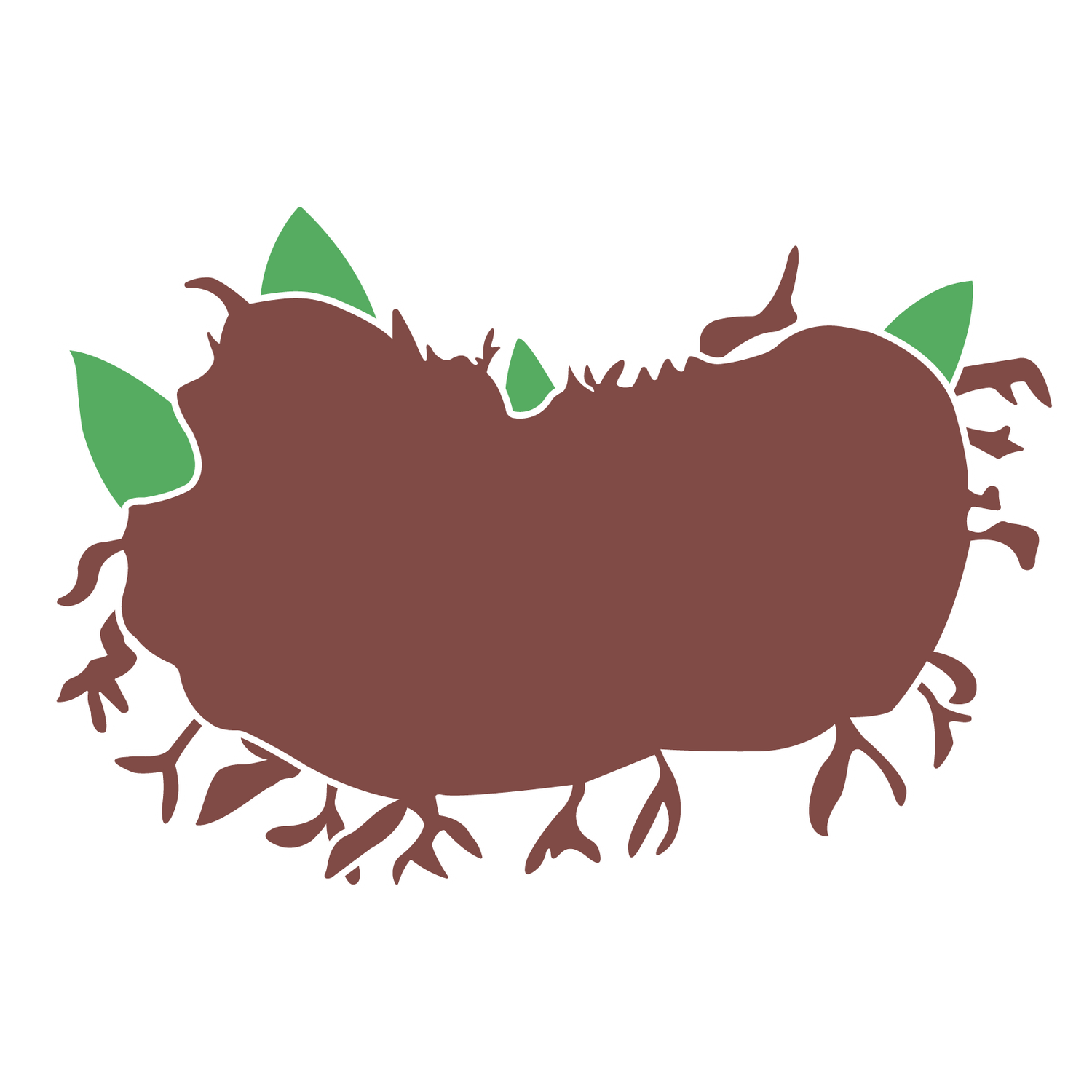
Tuber
A tuber is a thickened, underground stem which bears many eyes (buds) on its surface. These tubers systems are covered with a tough skin and often wiry hairs. Tubers grow horizontally to the ground as part of the root system of the plant. Examples: Caladiums, Begonias, and Cyclamen.

Corm
A corm is a mass of stem tissues, often bearing a terminal bud on the top and several other lateral buds. Dry leaf bases (similar to tunics) help protect the stem of the corm from harsh weather conditions and lack of moisture. Examples: Gladiolus and Crocus.
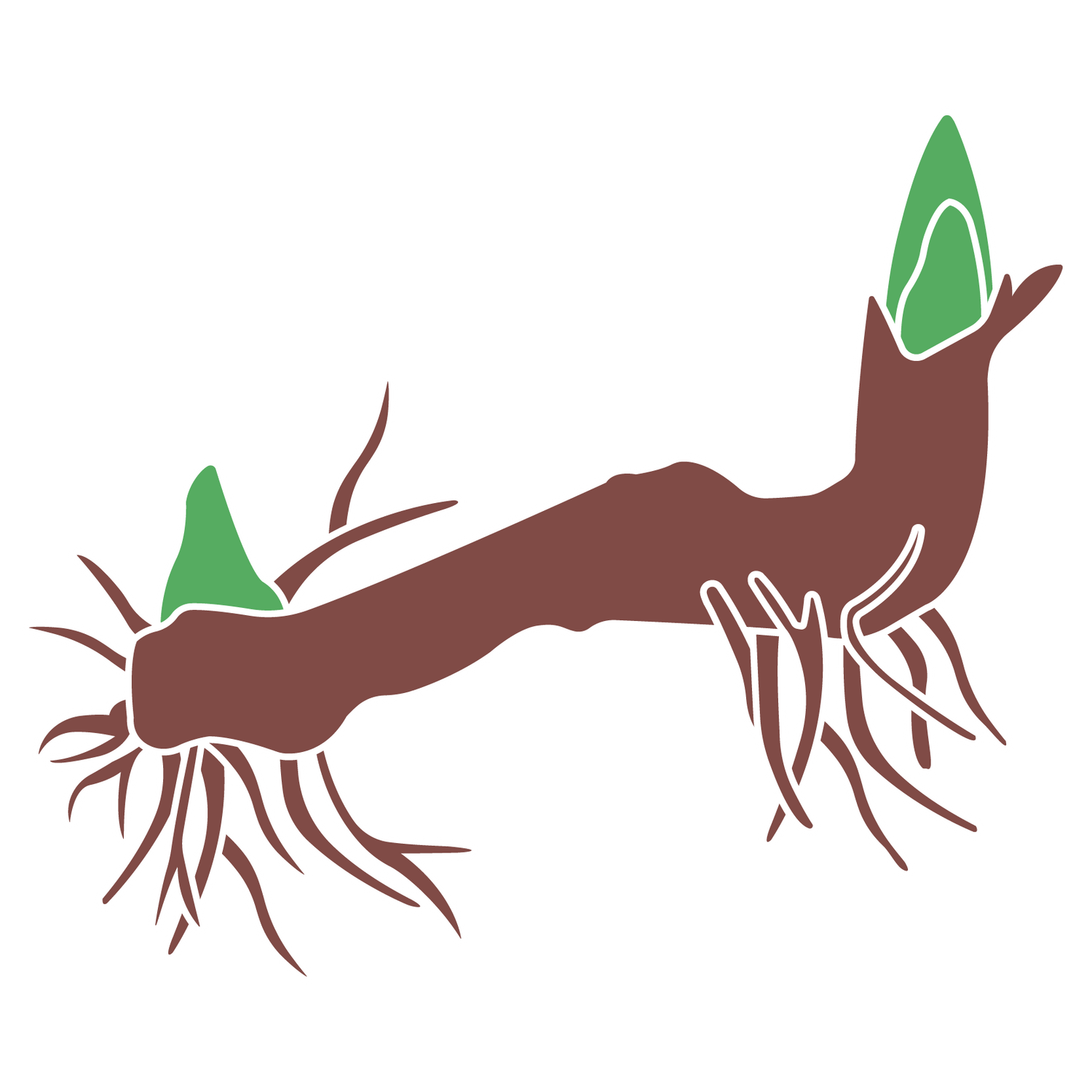
Rhizome
Rhizomes are swollen stems which grow horizontally below or just at the soil's surface. The length of these rhizomes produces multiple eyes (buds) which send shoot above the ground. Roots grow from the underside of these storage organs. Examples: Bearded Iris and Cannas

Tuberous Root
Tuberous roots are true roots which are swollen for food and nutrient storage. The buds are only present at the crown or the stem end of the root with thickened, fleshy tubers scattered along the length of the root. Examples: Dahlias and Ranunculus.
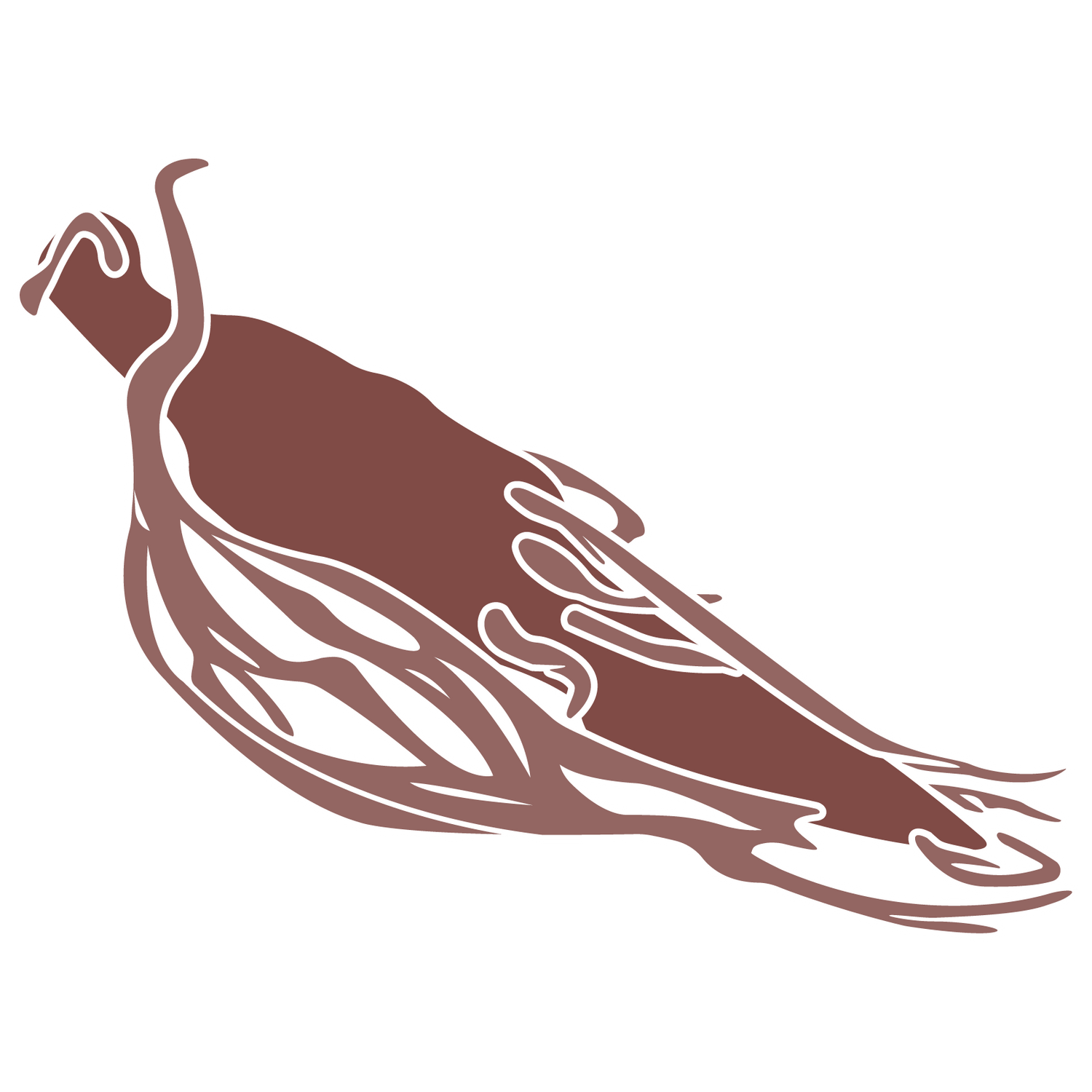
Perennial Root
Perennial roots are true roots with a fleshy appearance and texture. The roots are often slightly swollen to hold nutrients and moisture. These roots have very little protection from injury and drying when unearthed and therefore, are often stored in somewhat damp peat moss during the transplanting process. Examples: Hostas & Daylilies
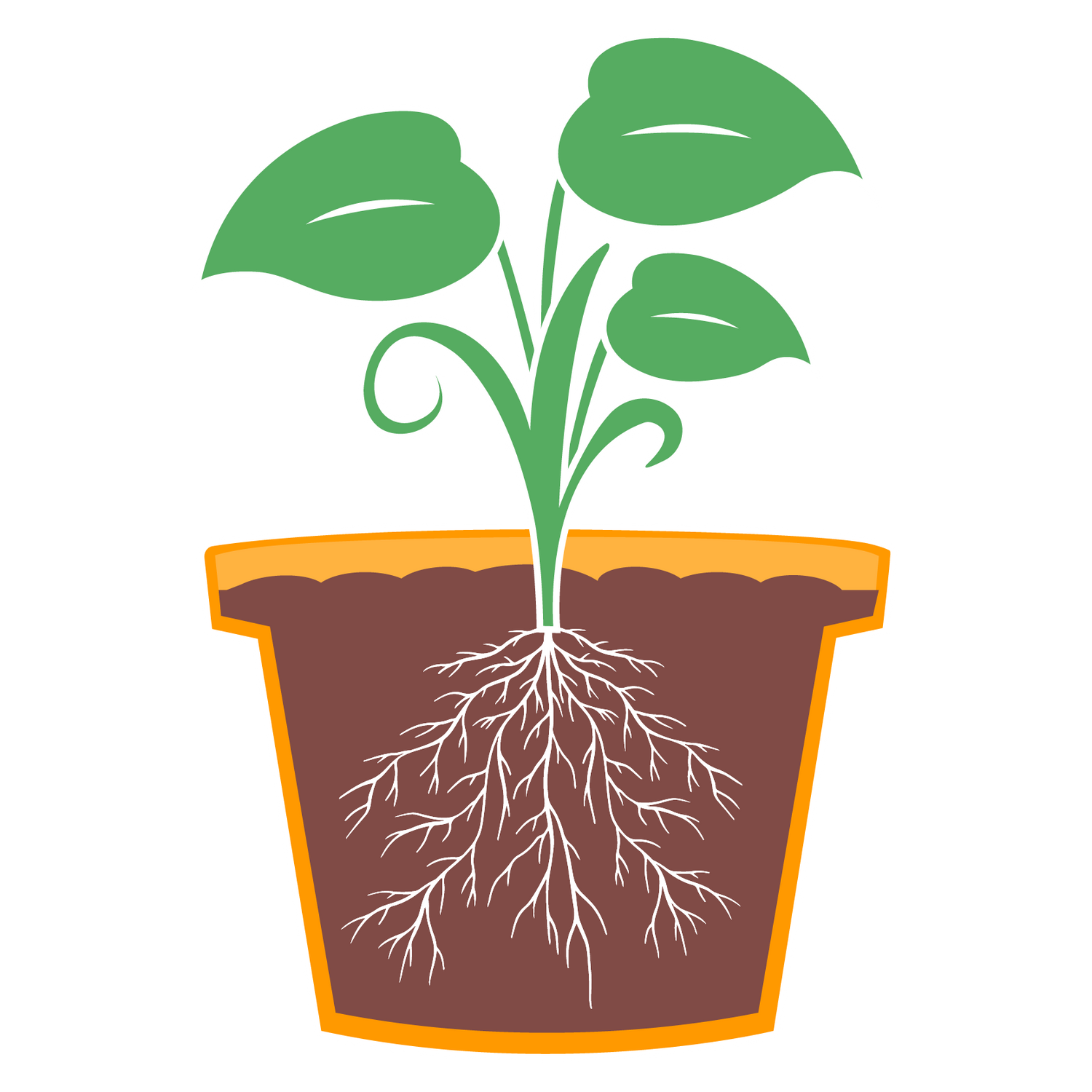
Rooted Plant
Rooted plants are grown in small pots and are easier than starting from bulbs or seeds. Growing a plant with an established root system allows you to focus on nurturing the plant rather than worrying about germination.







